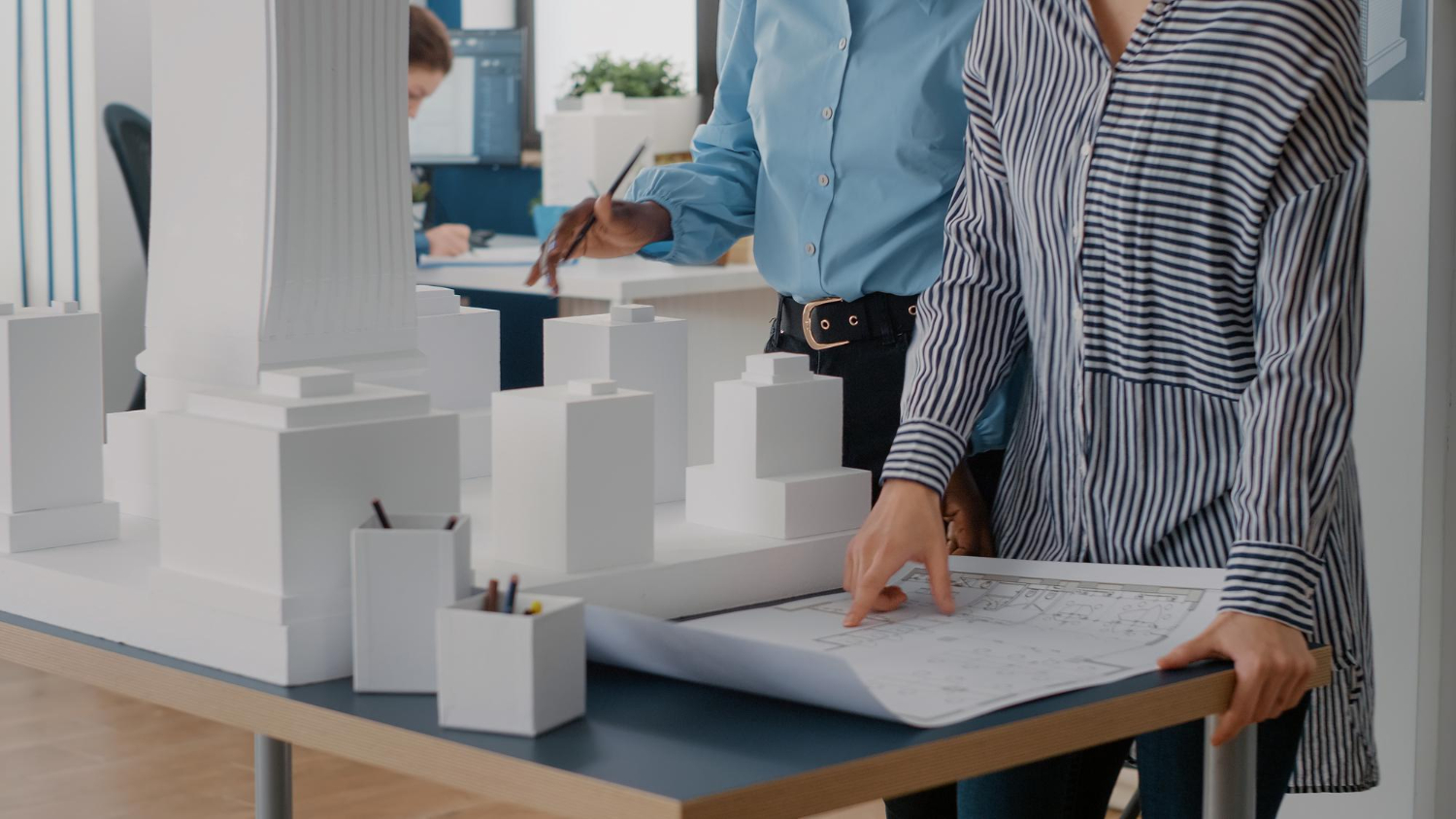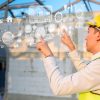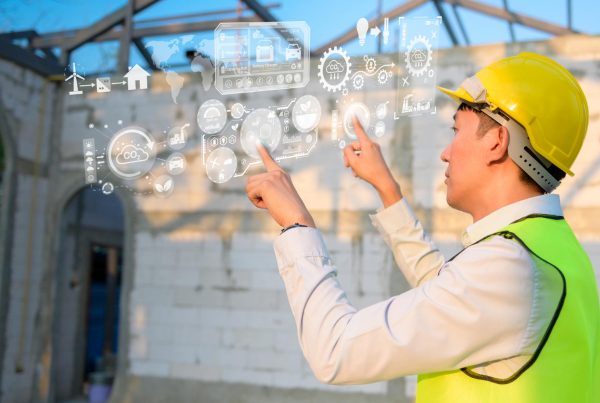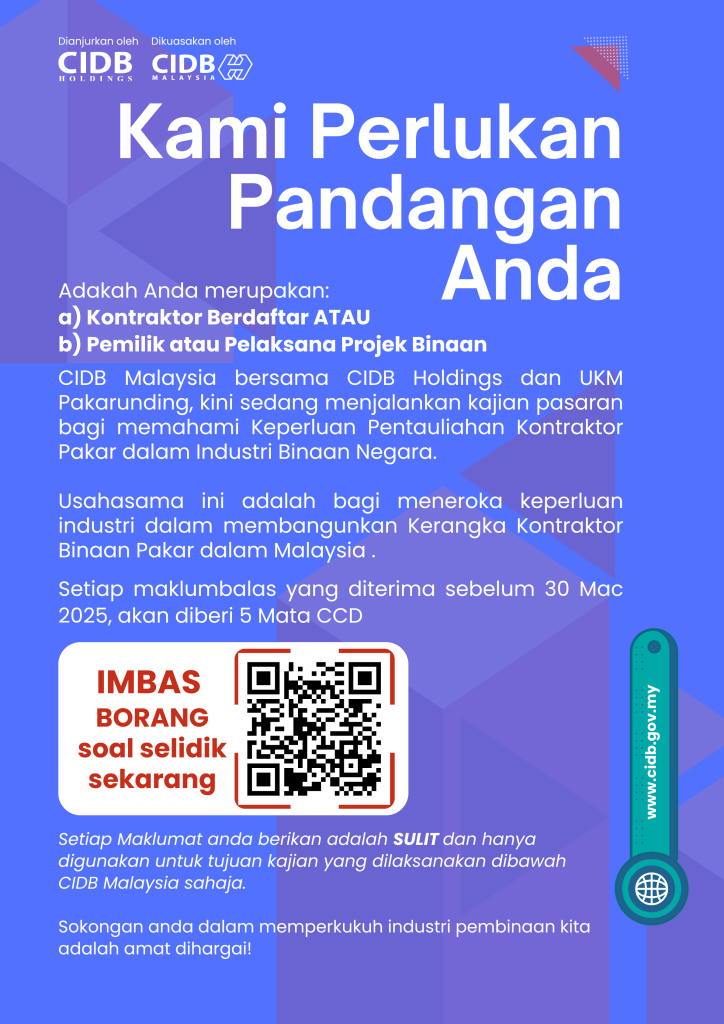
Malaysia’s construction industry is evolving, and modular construction is at the forefront of this transformation. In this 3-part series, discover how this innovative approach changes the construction landscape.
In an era marked by rapid urbanisation and the need for sustainable construction practices, the Malaysian construction industry is turning its attention to modular construction. This innovative approach to building, also known as off-site or prefabricated construction, offers a promising solution to the challenges faced by traditional construction methods.
Modular construction involves assembling pre-fabricated modules in a controlled factory environment and transporting them to the construction site for final assembly. This process, while gaining traction globally, is increasingly becoming a game-changer in Malaysia. The benefits of modular construction are manifold:
Speed and Efficiency: Modular construction significantly reduces project timelines. The simultaneous on-site and off-site work and eliminating weather-related delays result in quicker project completion. This approach is particularly valuable in the context of Malaysia’s growing need for rapid urban infrastructure development.
Quality Control: In a factory environment, quality control is stringent, resulting in consistently high-quality modules. These modules are precision-engineered, meeting or exceeding building standards. Quality assurance is further enhanced by controlled assembly conditions, minimising errors and defects.
Cost Savings: Time efficiency translates into cost efficiency. Reduced construction time and labour requirements contribute to lower overall project costs. Modular construction can significantly reduce waste generation, an essential aspect of sustainable building practices.
Malaysia has not been shy in embracing modular construction. A prime example is the “Rumah Selangorku” initiative, where affordable housing units are constructed using modular techniques. These units are not only cost-effective but also provide high-quality living spaces to meet the growing housing demand in the state.
The project is fully immersed in the realm of industrialised building systems technology. This innovative approach encompasses a range of cutting-edge techniques, including precast component systems, fabricated steel structures, innovative mould systems, modular block systems, and prefabricated timber structures as essential construction components.
Another instance is the use of modular construction in the healthcare sector. Several medical facilities and clinics have adopted modular construction to meet the immediate need for healthcare infrastructure expansion. The ability to quickly set up medical units has been a crucial asset, especially during health crises.
In part two, HEIGHTS will highlight the sustainability aspects of modular construction and its potential to help nations achieve their environmental targets.















